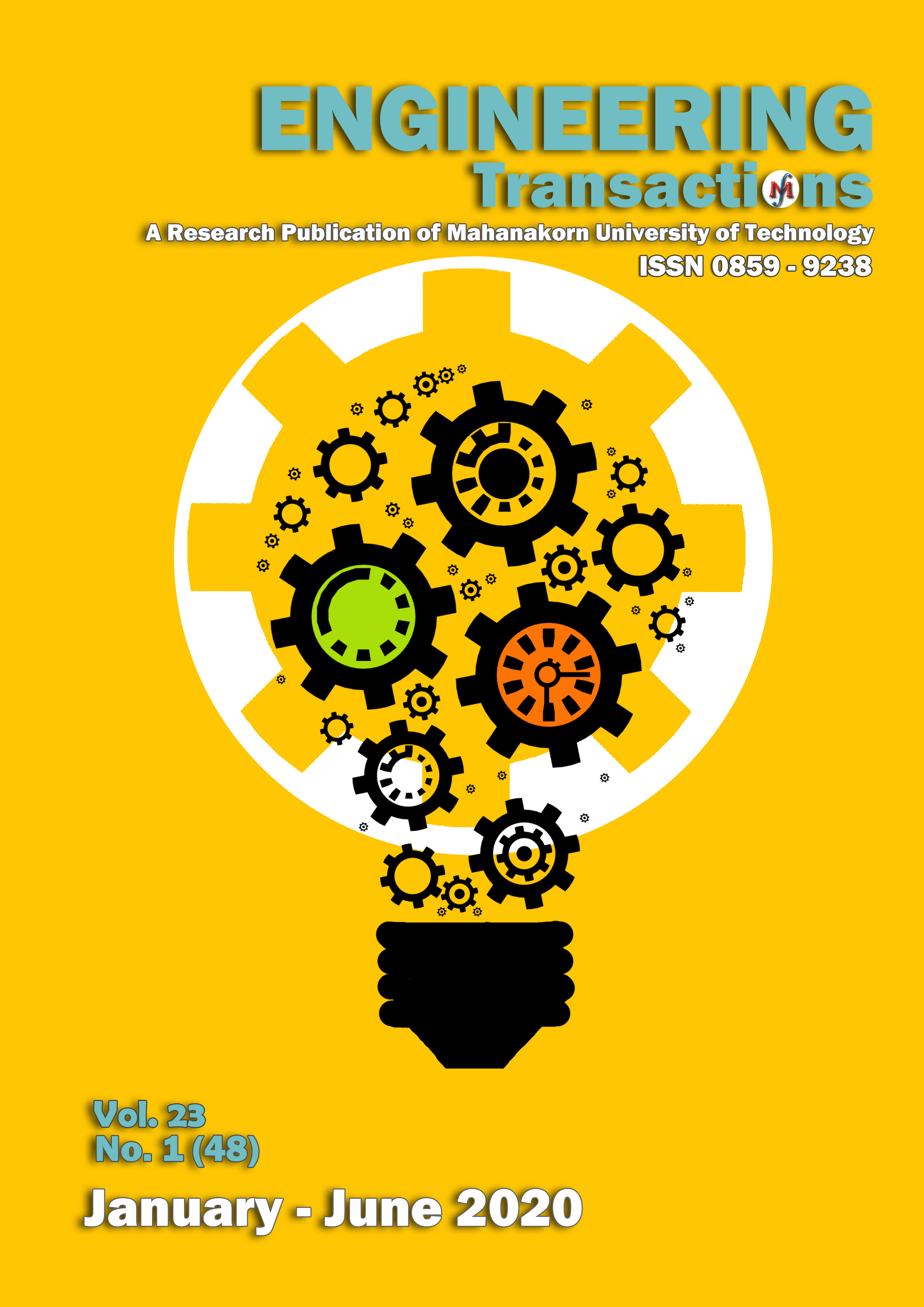Satellite-Enabled IoT, Low-Earth Net Centric and Its Applications for Thailand
Main Article Content
Abstract
The IoT (Internet of Thing) is widely used in variety terrestrial applications of industrial sector, socio-economic sector and service sector. Traditional MSS (Mobile Satellite Systems) and FSS (Fixed Satellite Systems) have developed M2M and IoT services. However, the new space is now covering a globally emerging private spaceflight industry, particularly satellite enabled IoT with low cost, low power, low latency, makes well suited for direct to satellite services. In addition, the expansion of the satellite constellations that allow for global connectivity. This paper presents an approach for space IoT net centric in LEO (low earth orbit) to enable IoT services over Thailand and South East Asia. The holistic system is designed from requirements-driven of downstream applications. The mission requirement and constraint are addressed. The bus system of 6U platform and IoT payload are designed. The constellation of 8 satellites in two orbital planes near equatorial orbit is proposed with simulated orbit tracking.
Article Details
Copyright @2021 Engineering Transactions
Faculty of Engineering and Technology
Mahanakorn University of Technology
References
Research predicts 24 million satellite-linked IoT connections by 2024, September 21, 2019. https://www.eletimes.com/research-predicts-24-million-satellite-linked-iot-connections-by-2024
Number of internet of things (IoT) connected devices worldwide in 2018, 2025 and 2030, February 19, 2020
https://www.statista.com/statistics/802690/worldwide-connected-devices-by-access-technology/
Satellite IoT: The Rise of Commercial Satellite Applications, January, 2020
https://satelliteprome.com/tech-updates/satellite-iot-the-rise-of-commercial-satellite-applications/
Internet of Things (IoT) via Satellite,
https://www.iis.fraunhofer.de/en/ff/kom/satkom/satellite_iot.html
Satellite IoT: A Game Changer for the Industry? September 3, 2019.
http://satellitemarkets.com/satellite-iot-game-changer-industry
World Bank, “Rethinking Power Sector Reform in the Developing World”, September 2019.
K. Siozios, D. Anagnostos, D. Soudris, and E. Kosmatopoulos, IoT for Smart Grids Design Challenges and Paradigms, Springer, 2019.
F.A. Turjmana, and M. Abujubbehb, “IoT-enabled smart grid via SM: An overview”, Future Generation Computer Systems, vol. 96, pp. 579-590, 2019.
J. R. Gupta, Significance of Satellites in IoT, International Research Journal of Engineering and Technology (IRJET), vol. 04, issue 06, pp. 2690 – 2695, 2017.
X. Zhang, J. Zhang, L. Li, Y. Zhang, G. Yang, “Monitoring Citrus Soil Moisture and Nutrients using an IoT Based System”, Sensors Journal, vol. 17, issue 3, pp 447, 2017.
I. Marcu, C. Voicu, A.M.D. Drăgulinescu, O. Fratu, G. Suciu, C. Balaceanu, and M. Andronach, “Overview of IoT basic platforms for precision agriculture”, The Proceedings of the 4th EAI International Conference, FABULOUS 2019, 2019.
Is IoT the Future of Agriculture?, June 2019 https://www.digiteum.com/iot-agriculture
S. K. Routray, R. Tengshe, A. Javali, S. Sarkar, L. Sharma, and A. D. Ghosh, “Satellite Based IoT for Mission Critical Applications”, Proceedings of the 2019 International Conference on Data Science and Communication (IconDSC), March 2019.
Q. Verspieren, Y. Aoyanagi, T. Matsumoto, and T. Fukuyo, “Store and Forward 3U CubeSat Project TRICOM and Its Utilizations for Development and Education: the cases of TRICOM-1R and JPRWASAT”, The Proceedings of the 32nd International Symposium on Space Technology and Science, June 2019.
Lacuna Space announces success with initial satellite LoRa testing, June 3, 2019.
https://www.spaceitbridge.com/lacuna-space-announces-success-with-initial-satellite-lora-testing.htm
Fossa Systems successfully launches its first LoRaWAN satellite, December 3, 2019.
https://www.spaceitbridge.com/fossa-systems-successfully-launches-its-first-lorawan-satellite.htm
S. Purivigraipong, “Opportunity of Near Equatorial Orbit (NEO) for Thailand’s Earth Observation System”, ENGINEERING TRANSACTIONS, VOL. 20, NO.2 (43) JULY-DEC 2017.


